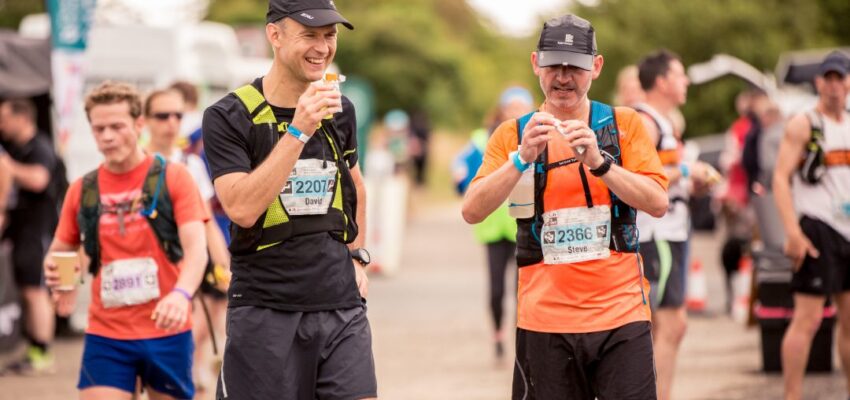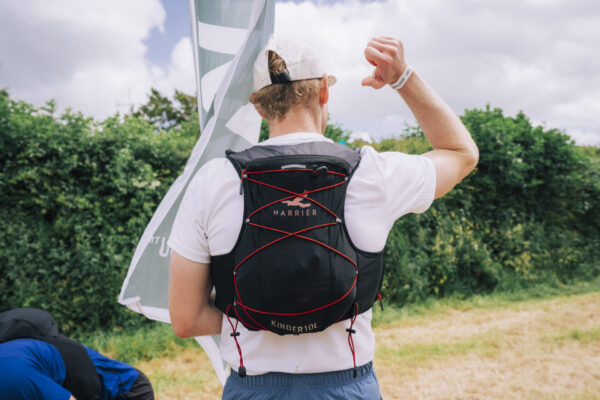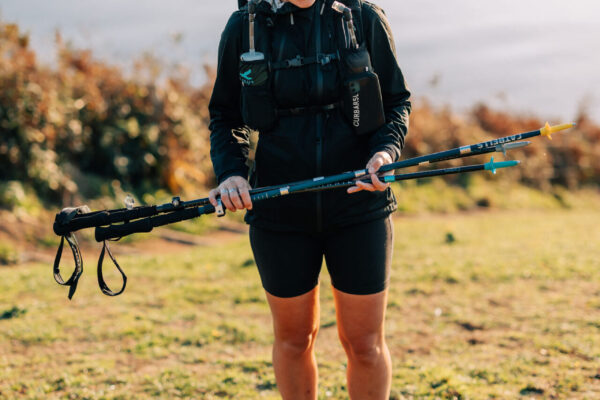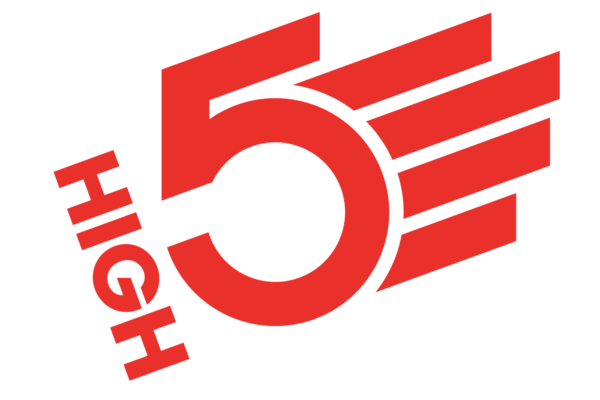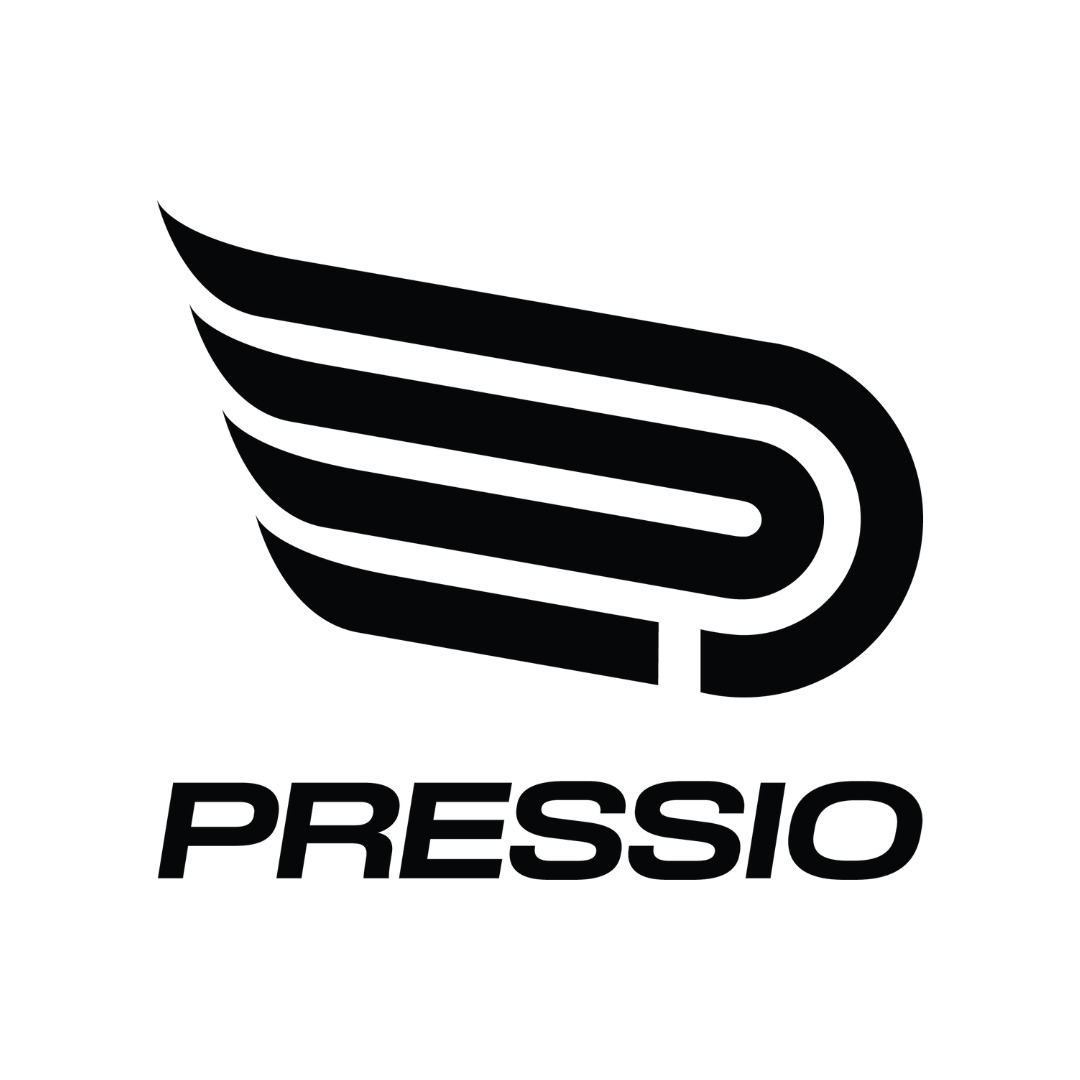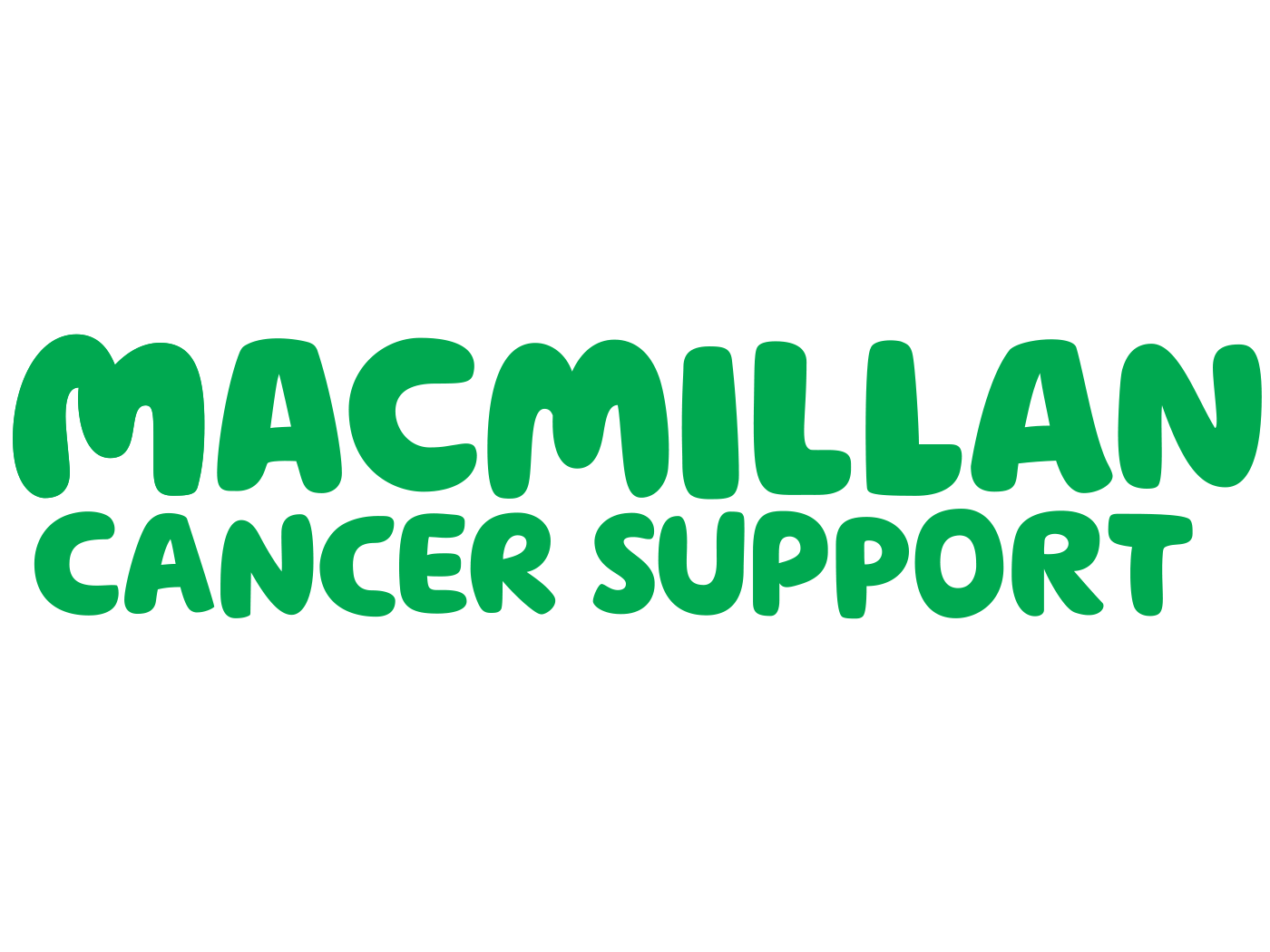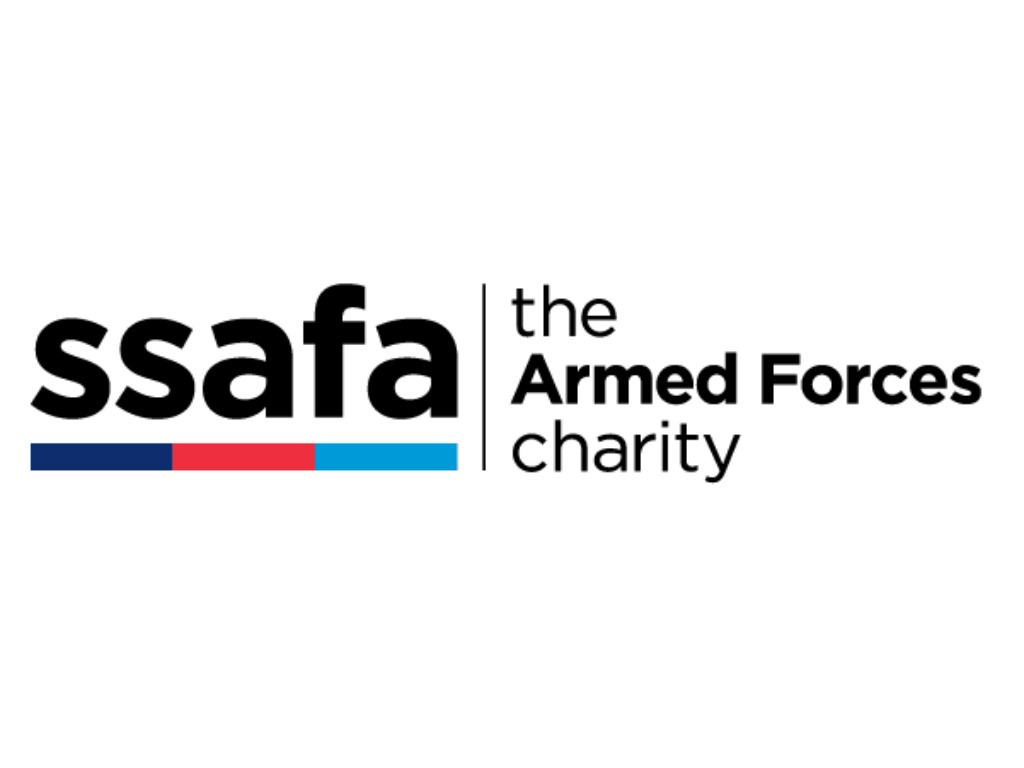Nutritionist Portia Rees-Jones gives her top tips and advice for fuelling you on your challenge- walking or running!
What you can expect on the day:
Fail to prepare, prepare to fail. During the important long runs or walks leading up to the ultra, you’ll need to practice fuelling and hydrating techniques so that on the day there are no nasty surprises. Whether you’re running or walking, over two days or one, there will be many questions such as; What do I eat? What do I drink? What do I need to carry? How far apart will re-fuelling stations be? And What is going to be provided at these points?
What to eat:
If you have been reading the top tips you’ll have picked up that carbs are pretty much king! You will need approximately 30-60g carbohydrate an hour, which since you’ll be going for hours (and days) can take pretty much any form and not just jelly babies!
- Walking? If you’re walking the most important thing to consider is the amount of energy and keeping hunger at bay. Similarly to running, the majority of energy will need to come from carbohydrates, but including protein containing foods whilst walking will help you stay full and satisfied over the duration of the day.
- Running? If running then not only macronutrients will need to be considered – basing most of your snacks around carbohydrates – but also the properties of the carbohydrates – higher fibre foods can be more satiating, but can sometimes cause gut issues, so practice taking in higher fibre foods during runs such as oats, raw energy bars etc to get used to higher fibre. If you struggle with eating due to a lack of appetite, then sports gels, bars and drinks may be more beneficial to encourage a greater energy intake. Additionally having a plan – setting timers to ensure you eat and drink can be a handy way of remembering to actually eat and drink!
What to drink:
 It is better to sip little and often, and don’t rely on thirst to remind you to drink or drink big volumes at once as we want to keep hydrated and cause the least amount of gut distress. A long the course will be plenty of water, squash, salt to help with your hydration needs, and some flat cola for runners. Running requires more energy than walking, as well as higher fluid requirements, so to help with these additional requirements the Threshold team have flat cola available.
It is better to sip little and often, and don’t rely on thirst to remind you to drink or drink big volumes at once as we want to keep hydrated and cause the least amount of gut distress. A long the course will be plenty of water, squash, salt to help with your hydration needs, and some flat cola for runners. Running requires more energy than walking, as well as higher fluid requirements, so to help with these additional requirements the Threshold team have flat cola available.
Moreover, flat cola will be available to runners, who inherently find it more difficult to get enough energy in, due to the higher intensity nature of running.
If your sweat is particularly salty, and you sweat a lot, this may be a good time to take advantage and add in a little salt to your drink (or adding in a High5 electrolyte tab) – which will help replenish that lost in sweat. When you’re running, every 5-20mins you should aim for about 150-200ml of fluid intake, and even more if it is especially hot or humid.
What to carry:
Don’t worry you won’t have to pack up like your Duke of Edinburgh days, there will be handy pit stops along your run to keep you fuelled and hydrated. Pit stops are located every 3-8 miles along the trail, and so should give you a good opportunity to re-stock for the trail and refuel yourself. Top things to make sure you have included:
1.Foldable cups
2.Water bottle
3.Race belt/backpack to stock yourself up with gels/snacks
What to expect from the pit stops:
Linking in with what you require for your runs or walks there will be a selection of foods and drinks to help you meet your nutrition goals. It may be worth incorporating some of these types of foods in your runs or walks to help train your gut, as well as your muscles during the training runs and walks.
- Energy bars – which although are high in fibre will be good to keep you full as well as full of energy. The Perkier bars are good sources of carbs and protein, although have a go with them as they are “natural whole foods” this can sometimes cause some bloating with some people due to their fibre content. To best prepare, your gut for these, having high fibre foods in general in your diet will make you less prone to a bloaty response when eating them, as well as having similar bars during training runs! Additionally, there will be low fibre, energy dense chocolate bars, jelly babies and flapjacks along the way, which in some people will be better tolerated due to the more refined nature of them. At the end of the day, it is about eating to fuel your body and in a way that your personal gut can tolerate, with the least side effects.
- Savoury options – to reduce taste fatigue and encourage you to take in enough energy, there will be a range of savoury options – soups, mini cheddars, bread rolls and nut butters which although contain fewer carbohydrates (naturally !) than sweet options, they will help with sodium replenishing as well as satisfy any hunger due to their higher protein nature. Even bread (which most people count as a carb) contains protein – 1 slice of a multi-seed loaf will have almost 5g of protein in it! (going for the brown and seeded varieties of bread help to push this value up!).
- Fresh fruit – great for taste, nutrition and hydration! Half a banana contains around 15g carbs, watermelon and oranges can provide fewer carbs but better hydration (half an orange or 3 fingers of watermelon typically have about 6g carbs). Additional fluids will be available – water, squash and cola, provided with the aim to help rehydrate and provide some extra easily accessible carbs too (1 cup of cola contains about 20g carbs).
- Sports nutrition – there will be High5 sports nutrition available during the trail series. The gels are more suitable for runners as they are easier to take on when lack of appetite and you need a higher carbohydrate load to keep up with your muscles demand. The High5 zero tabs can be useful for adding to water for both runners and walkers as they will help to encourage you to drink more as they taste great, and a good way to replace some electrolytes if lost during the hotter runs. Maybe trying them out beforehand can help you decide which flavours work best for you and whether you can tolerate taking them. Just because they are there does not mean you HAVE to use them, but they can be handy, especially as you get tired and fatigued during the ultra.
Camping overnight?
If you are, then recovering ready for the next day is extremely important to ensure your body is replenished with carbohydrate, and muscles have a chance to repair ready for Day 2.
Recovery meal: Available at basecamp will be fresh bread (about 20-30g carbs per bread roll), Italian pasta selection (a typical cup of pasta contains about 20g Carbs), so you need to ensure you eat enough to recover (around 100g carbs with 25g protein ideally high quality animal protein (e.g. dairy, meat, eggs) as a recovery meal within three hours post end of the running) and eat enough to replenish the calories burnt (and not eaten!) during the day over the rest of the evening – about 100 calories for every mile covered! Additionally, to aid in replenishing carbohydrate stores, there will be sweet deserts to further re-load ready for Day 2 – a typical slice of black forest gateau can be around 30-40g carbohydrates. With regards to replenishing fluids lost during the day, normal fluids taken in with mealtimes will enable normal hydration status once back and relaxed. Although day-to-day I would not suggest adding salt to meals, over the weekend adding a little salt to your meals will help retain a little more fluid in your body.
Overall make the most of the evening meal to replenish all energy lost and prepare your body for day 2. Before the race start of day 2, make sure you choose a high carb, and ideally lower in fibre if possible breakfast also containing some protein (eg a yoghurt or glass of milk alongside breakfast to prepare your body to load up ready for day 2, and remember once you start on the trail to start fuelling up early and not wait until you feel you need the extra energy!

